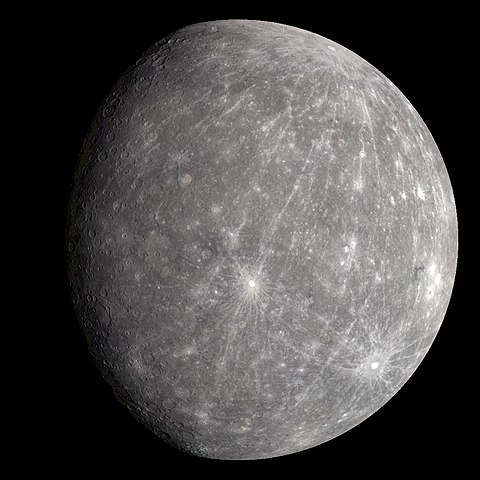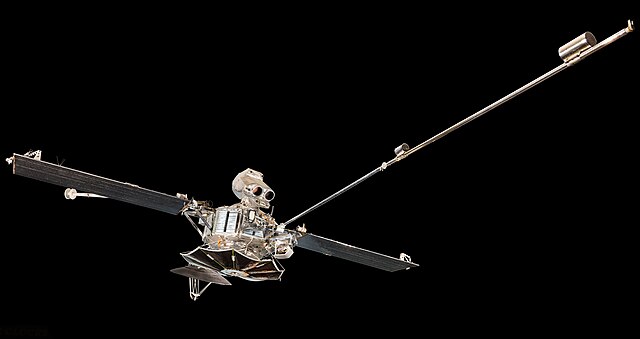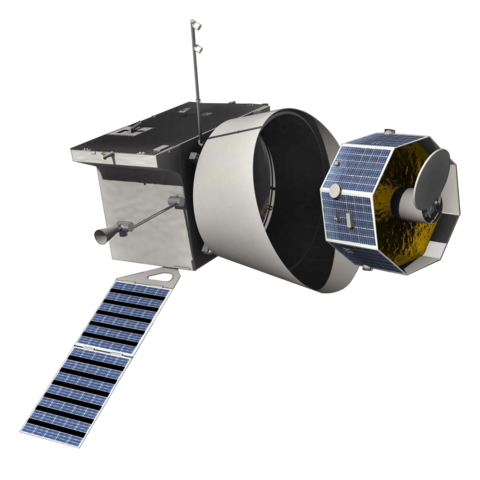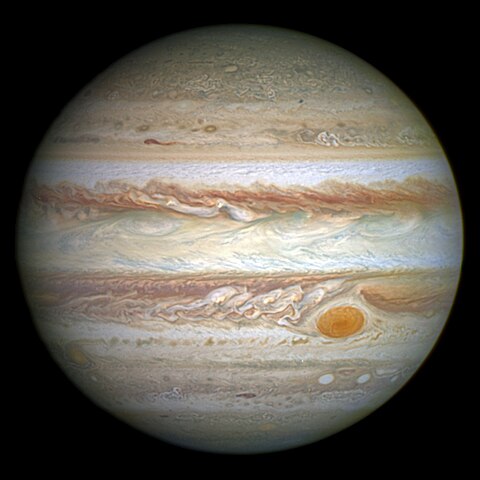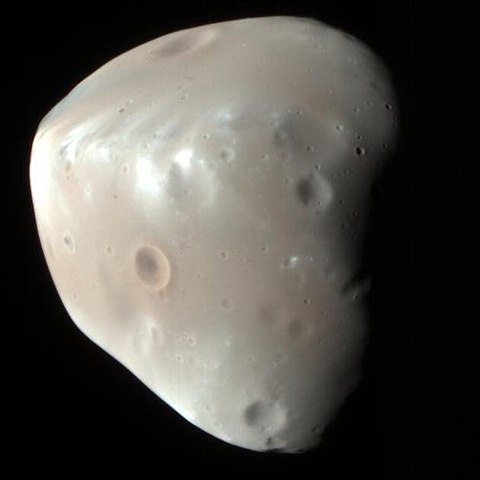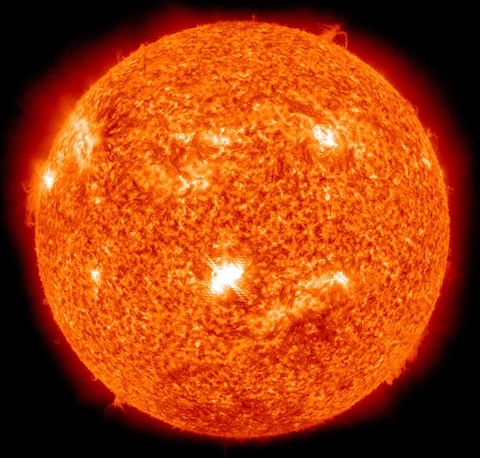1 day / second
0.5 AU
Mercury
Planet
The smallest and innermost planet in our Solar System, Mercury is a heavily cratered, airless world that experiences extreme temperature swings due to its proximity to the Sun and lack of atmosphere.
Key Facts
orbital regime | Inner System |
learn more | Wikipedia |
mass | 3.3011e+23 kg |
radius | 2,439.7 km |
hill radius | 175,296 km |
semi-major axis | 0.387 AU |
eccentricity | 0.206 |
inclination | 7.005º |
longitude of the ascending node | 48.331º |
argument of periapsis | 29.124º |
orbital period | 87.967 days |
sidereal rotation period | 58.647 days |
axial tilt | 0.034º |
surface gravity | 0.377 g |
solar day length | A solar day on Mercury (176 Earth days) is longer than a year (88 Earth days) |
discovery date | Known since ancient times |
name origins | Named after Mercury, the Roman messenger god (equivalent to Greek Hermes) |
albedo | 0.068 |
material composition | Rocky terrestrial planet with iron core |
density | 5.427 g/cm³ |
rotation | 3:2 spin-orbit resonance with the Sun (not tidally locked) |
Spacecraft Visits
Mariner 10
Flyby
Launched in 1973, visited in 1974
Mariner 10 completed three flybys of Mercury between March 1974 and March 1975, becoming the first spacecraft to visit the planet and revealing its cratered surface and unexpected magnetic field.
MESSENGER
Orbiter
Launched in 2004, entered orbit in 2011
MESSENGER entered Mercury's orbit on March 18, 2011, becoming the first spacecraft to orbit the innermost planet and studying its composition and magnetic field until its planned impact on the surface in 2015.
BepiColombo
Gravity Assist
Launched in 2018, visited in 2021
BepiColombo performed its first Mercury flyby on October 1, 2021, passing within 199 kilometers of the planet's surface while capturing images and scientific data during its multi-year journey to achieve Mercury orbit.
